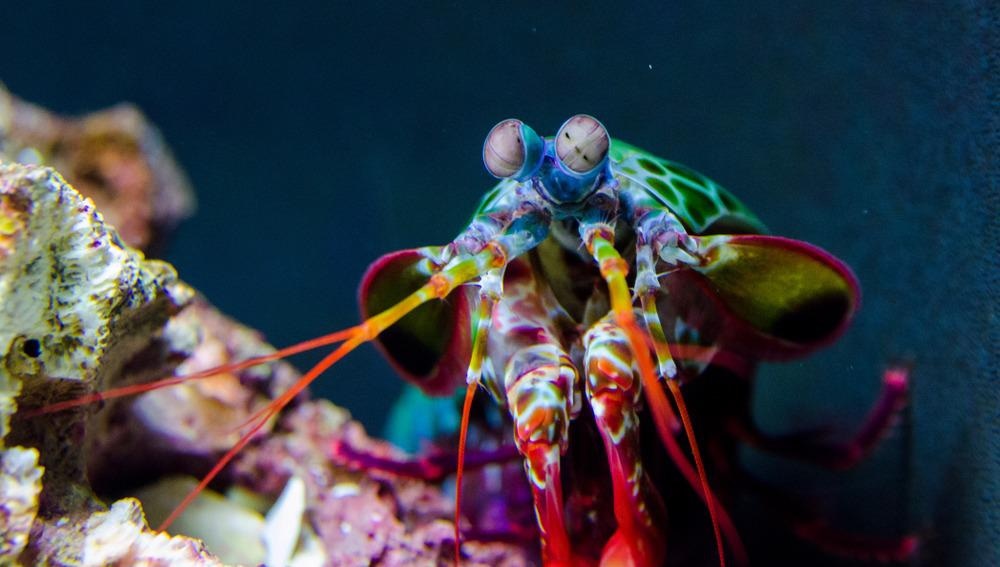A new breakthrough in the journal Additive Manufacturing shows a concrete specimen that was inspired by Bouligand hierarchal architectures to develop 3D concrete printing. During drop weight impact testing, the impact performance of 3D-printed concrete specimens either with or without steel fibers was evaluated.

Study: 3D concrete printing of bioinspired Bouligand structure: A study on impact resistance. Image Credit: Maxfield Weakley/Shutterstock.com
Extrusion-based 3D printing technology study on mechanical characteristics has been focused on static behavior, with little emphasis on dynamic responses.
A Popular 3D Concrete Painting
Three-dimensional concrete printing (3DCP), also known as additive manufacturing (AM) of concrete, has gained popularity in the construction industry in recent years. In comparison to traditional molded casting, the extrusion-based 3DCP employs a layer-by-layer deposition method, allowing for the manufacturing of concrete structures with complicated geometry, reduced reliance on labor personnel, and an increase in construction productivity.
Nevertheless, the quick growth of 3DCP has some limitations, such as directional effects on the mechanical characteristics of 3D-printed concrete samples, then further known as mechanical anisotropy, the complexity of achieving effective in-process reinforcement implementation during the printing process, and a scarcity of experienced workers capable of integrating civil and robotic work.
Biomimicry in the AM business is becoming more popular, equivalent to mathematics topology optimization, because learning from nature's organisms may improve the physical properties and characteristics of things while also optimizing the material layout.
The notion of bioinspired architecture has recently been applied to the designing and development stages of 3DCP, where the mechanical and structural qualities of 3D-printed concrete items can be improved while material usage is decreased.
Great Mechanical Characteristics
Mechanical characteristics of structural concrete can be enhanced with biomimetic helicoidal patterns in 3DCP. These cracking modes enabled the control of fracture propagation at the interface between the formed cement paste filaments, resulting in improved power dissipation and durability.
Cracks could form across substances rather than across layer interfaces in specimens with significant pitch inclinations. Furthermore, their testing results showed that increasing the pitch angle enhanced the modulus of rupture and force of failure in the Bouligand structure.
Bouligand Structure as an Inspiration
The Bouligand structure (helicoidal sequence) seen in the mantis shrimp's dactyl club is one example. The dactyl appendages of the mantis shrimp allow it to powerfully shatter its shelled prey using peak striking speeds and high generating force. The capacity of the dactyl appendage to withstand the immense striking force is what causes it to be so amazing.
Further Reading: Biomimicry Offers Flexible Energy Storage Solution for Wearable Electronics
This is due to the dactyl club's helicoidal arrangement, in which segments of locally parallel chitin fibrils are layered on top of each other, with the upper layer fudging by a specific angle from the lower layer. In most cases, starting cracks spread following the rotating direction of fibrillar within the helicoidal formation, resulting in crack twist and deflection, which increases crack surface per volume.
This improves energy dissipation and stress relaxation inside the helicoidal structure without inducing catastrophic failure, which accounts for the dactyl's increased fracture resistance.
Due to the technological challenge of including traditional steel reinforcement, 3DCP research has added steel fibers into the printer process of improving the mechanical qualities of printable concrete.
Result of the Research
The impact length was relatively brief for all printed samples without steel fibers, and the peak load applied varied from 3 to 4 kN approximately; the degree of energy absorption to cause test specimens to shatter into two separate portions was low. The impact peak force and energy absorption were only marginally influenced by the difference in pitch angle.
Beneath the impact test, printing samples reinforced with steel fibers, one with the unidirectional printing design, exhibited a clear different reaction from those other samples with the helicoidal pattern. The impact duration was roughly 1 ms, which was significantly shorter than others. It had a substantially lower peak impact force of roughly 4 kN than others (8-13 kN). Furthermore, it had a substantially lower degree of energy absorption (4 Joule) than the other specimens.
Specimens with steel fiber show a high peak force of 8N, the highest of all specimens. The substantial difference in peak force might be attributable to the varied fiber orientations, which made stress transmission between the cement matrix and steel fiber more difficult.
Advancement in 3D Concrete Printing
Different impact energy levels, on the other hand, may result in a different loading rate given to the concrete samples, due to differences in impactor weight and drop weight generating varying impact velocity. This will most likely modify the way cracks develop in the fracture zone, which is intended to be reduced in future studies by using a uniform impact energy level.
Furthermore, new strengthening strategies of connecting the interlayer bonded filaments utilizing steel fibers are advocated to increase the mechanical properties performance of 3D-printed fiber-reinforced concrete with Bouligand structures.
Reference
Liu, J., et al. (2021). 3D concrete printing of bioinspired Bouligand structure: A study on impact resistance. Available online 3 December 2021. https://www.sciencedirect.com/science/article/pii/S2214860421006916?via%3Dihub
Disclaimer: The views expressed here are those of the author expressed in their private capacity and do not necessarily represent the views of AZoM.com Limited T/A AZoNetwork the owner and operator of this website. This disclaimer forms part of the Terms and conditions of use of this website.